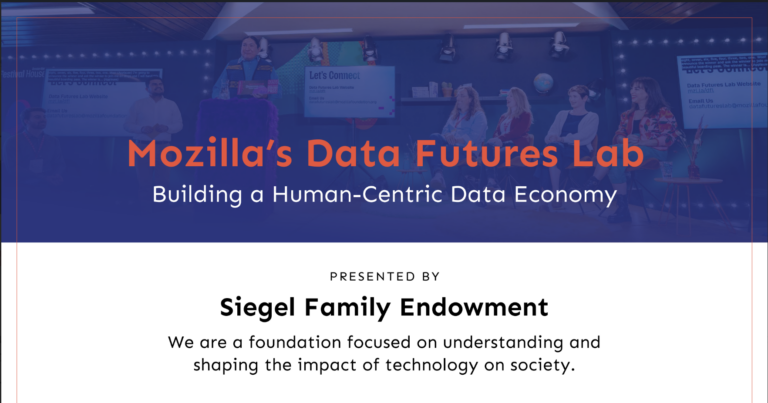The rapid spread of COVID-19 has resulted in an unprecedented shift of real-world programs into new digital contexts. Schools and universities have moved all classes online, events and conferences are being repurposed as webinars, and many office workers are working remotely and communicating with one another via videoconference. While many of these adaptations have been done on an unprecedentedly short timeline, there are still real opportunities to be strategic about how we repurpose learning resources for new, distributed contexts.
As the crisis accelerated in mid-March, Ruki Neuhold-Ravikumar, Cooper Hewitt’s Director of Education and Acting Lead for Education for the Smithsonian Institution at-large, was appointed to lead the Smithsonian’s pan-institutional Education Response Taskforce, and worked to bring the museum network’s considerable educational resources online. The result is a hub of Distance Learning tools that draws from the Smithsonian’s 19 museums, 9 research centers, 21 libraries, education centers and archives, and makes them accessible for learners in a variety of contexts and with differing levels of tech access. The hub is designed to provide training, materials, and support for teachers, families, and students who are working to prevent a disruption to their learning journeys by adapting to new ways to access content from afar. The team also developed an easy-to-use “Choice Board” to help families navigate and choose different activities from the Distance Learning lab’s diverse resources.
These new circumstances come with a whole new set of considerations to navigate all at once, including strained internet bandwidth, family dynamics in home learning environments, irregular access to different types of devices, and more. Cooper Hewitt’s experience running cross-disciplinary education programs put them in a unique position to think strategically about how to best solve this unprecedented set of problems, and their design-driven approach to making these programs work in diverse contexts contains lessons for all teams who are now reconsidering how to make their work accessible and engaging in a digital-first setting. We talked with Cooper Hewitt’s education team about this effort, and compiled a few key takeaways that all organizations should consider as we adapt to a world that is likely to rely more and more heavily on distributed learning.
Design for different levels of technology access: Distributed learning relies on technology at a base level, but in order to reach as many people as possible, programs should be designed to accommodate all levels of internet access and device types. Cooper Hewitt’s team started by understanding the different ways that people with differing levels of access to tech engage with information. Their approach considered no, low, moderate, and high tech audiences, and how different programs could be tailored to the diverse needs of each group. They also took into account how existing programs could be modified for maximum impactful at every level of tech access. One small way they brought this planning to bear was with a simple key on the Choice Board that signifies exactly what tech is needed for each activity, in order to help students, parents, and teachers make the best decision for their situation.
Try to get as much mileage as possible out of a single lesson: Creating digital-first lessons and resources from scratch can be daunting, but lots of lessons from real-world classrooms can work really well online with a little strategic thinking. In order to get the most mileage possible out of a single idea, try connecting different resources and expanding the different ways of engaging with a particular concept. The Smithsonian’s Open Access initiative, offers a free, expansive and varied inventory of educational assets – from science, to art, to zoos – offer examples for making lessons work in all kinds of different situations.
Consider a team’s whole skillset (and not just their current roles): Pulling this enormous library of content into one central resource was no small task. For Cooper Hewitt’s experienced and capable team, one key lesson they learned quickly was to look beyond the work that team members do in their current roles. They surfaced multilingual translation skills, remote teaching and learning best practices, and more under-the-radar skillsets that helped get the job done fast while still relying on substantial content expertise. By considering the wealth of experience each team member had accumulated over the course of their careers, they were able to deploy otherwise underutilized skills to new and evolving situations in order to be more nimble and act faster.
Bringing a whole education system online isn’t just a question of recreating it digitally. In order to be successful, it’s important to make sure that content is optimized to work in any number of different situations, and is easily navigable and accessible. Other SFE grantees with at home resources that we recommend exploring include NYSCI and The Tech Interactive, as well as other Science and Tech Centers. We also encourage you to explore the growing list of SFE grantees who are adapting their work to new distributed formats. We’re looking forward to sharing more with you as we gather more best practices and lessons from grantees across our network.





